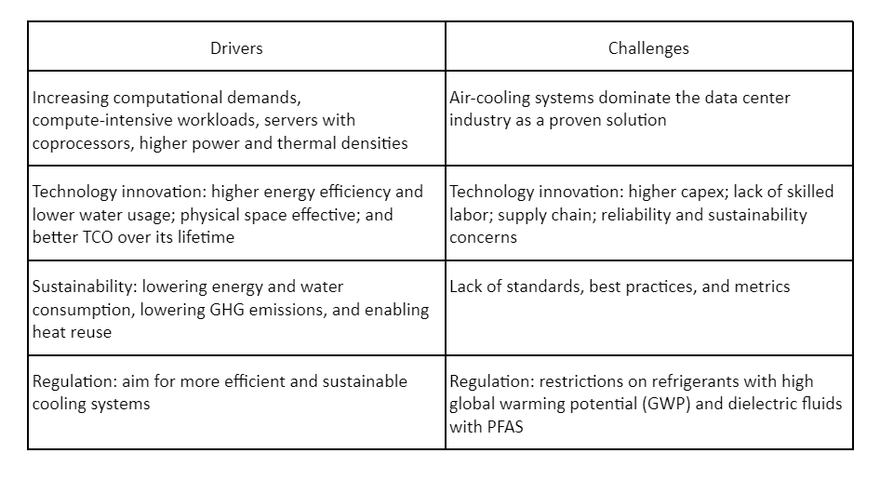News
Efficient Cooling: The Backbone of Modern Data Centers
In high-performance data centers, managing
heat is essentialвҖ”not just for maintaining uptime, but for improving energy
efficiency and hardware lifespan. As server densities rise and AI workloads
intensify, traditional air-based systems often fall short. Liquid cooling
offers a smarter, more efficient solution, directly removing heat from key
components and unlocking higher computing potential in smaller spaces.
What Is Liquid Cooling?
Unlike air cooling, liquid cooling uses
specialized fluids to absorb and carry away heat. Thanks to the higher thermal
capacity of liquids, this method supports more compact, powerful server
configurations. ItвҖҷs becoming a critical component of next-generation, AI-ready
data centers.
Evolution from Air to Liquid
As demand for higher computing power grew,
air cooling began to show limitations. Liquid cooling emerged as a response to
higher thermal loadsвҖ”bringing targeted, high-efficiency solutions like
direct-to-chip cooling and full immersion systems.
Why Liquid Cooling Stands Out
Better Performance & Longevity: Components stay cooler, function more reliably, and last longer.
Lower Energy Usage: By cutting reliance on air conditioning, energy costs and
environmental impact are reduced.
Supports Dense Computing: Allows for tight server arrangements, maximizing space and
performance.
Key Techniques
Immersion Cooling: Servers submerged in non-conductive fluid for maximum heat
transfer.
In-Rack Cooling: Delivers cooling fluid directly to high-density server racks.
Cold-Plate Cooling: Transfers heat via plates attached to hot components, with coolant
circulating through.
Core System Components
Coolant Distribution Units (CDUs): Manage temperature, flow, and system balance.
Heat Exchangers & Pumps: Transfer and circulate coolant effectively.
Specialized Server Racks: Designed for leak prevention and direct liquid interaction.
Cooling Fluids: Selected based on safety, efficiency, and compatibilityвҖ”commonly
water-based or synthetic.
Measuring Efficiency
Operators rely on metrics like PUE (Power
Usage Effectiveness), ERE (Energy Reuse Effectiveness), and heat removal
capacity to gauge system performance and optimize cooling strategies.
Practical Considerations for Deployment
Space & Layout: Requires thoughtful planning but often takes up less space than
air systems.
Initial Costs vs. Long-Term Gains: Higher setup costs are often offset by energy savings and
operational efficiency.
Maintenance:
Regular checks ensure leak-free, reliable operation.
Choosing the Right Cooling Strategy
The ideal solution depends on performance
goals and infrastructure needs:
Air Cooling:
Simpler and cost-effective for low-density workloads.
Liquid Cooling: Best for high-density or AI-driven environments.
Hybrid Systems: Combine both for flexibility across different zones.
Introducing NWK99 Spray Cooling System
For additional protection and thermal
control, we offer an automated shower/spray system using NWK99 fluidвҖ”specially
formulated for data center environments. This system activates during
temperature spikes or emergencies, quickly reducing heat on surfaces and
components. NWK99вҖҷs non-conductive properties make it safe for sensitive
electronics while improving system resilience and uptime.
#datacenter #liquidcooling #nwk99


 Drivers_and_Challenges.width-880.png (147.3 KB)
Drivers_and_Challenges.width-880.png (147.3 KB)
